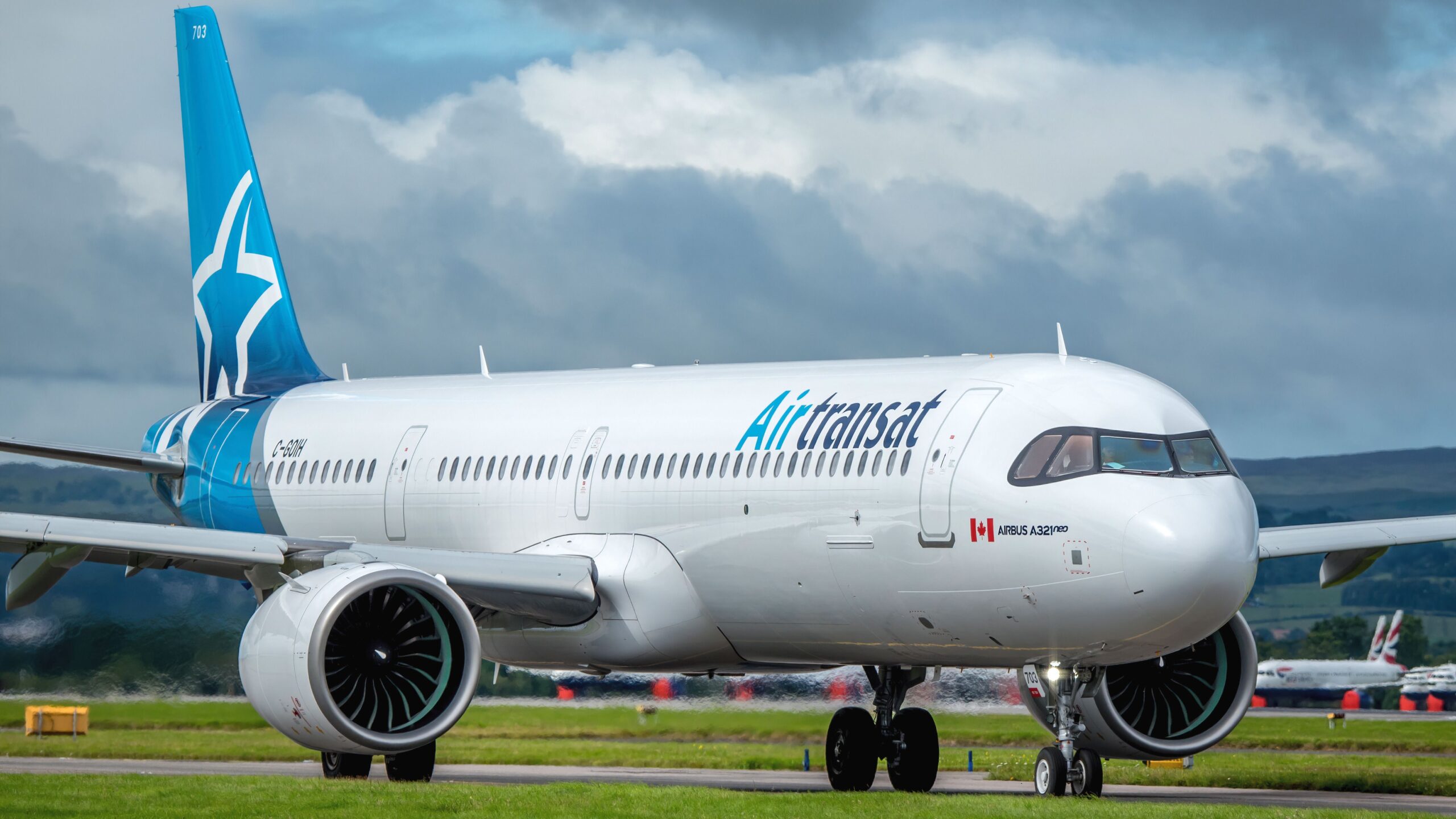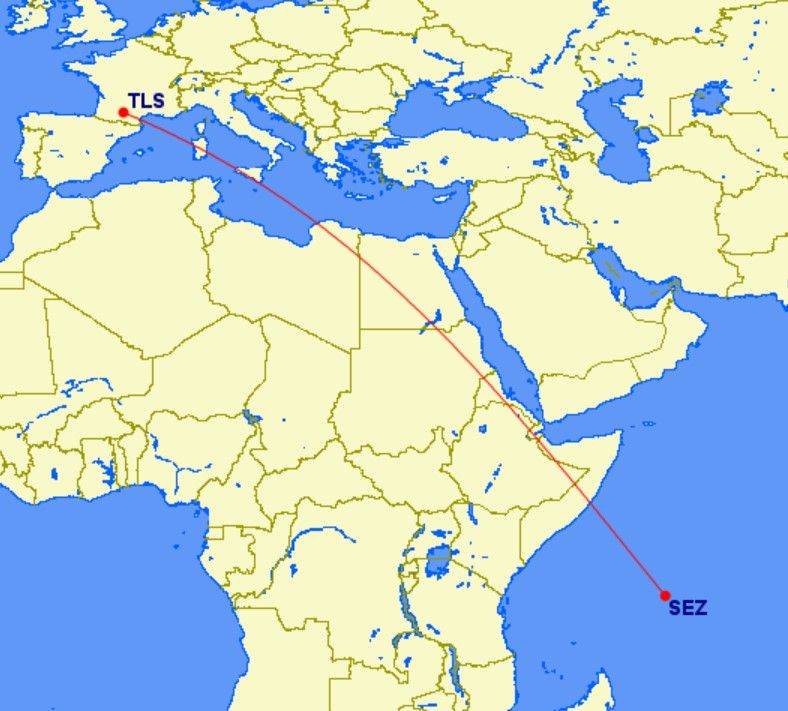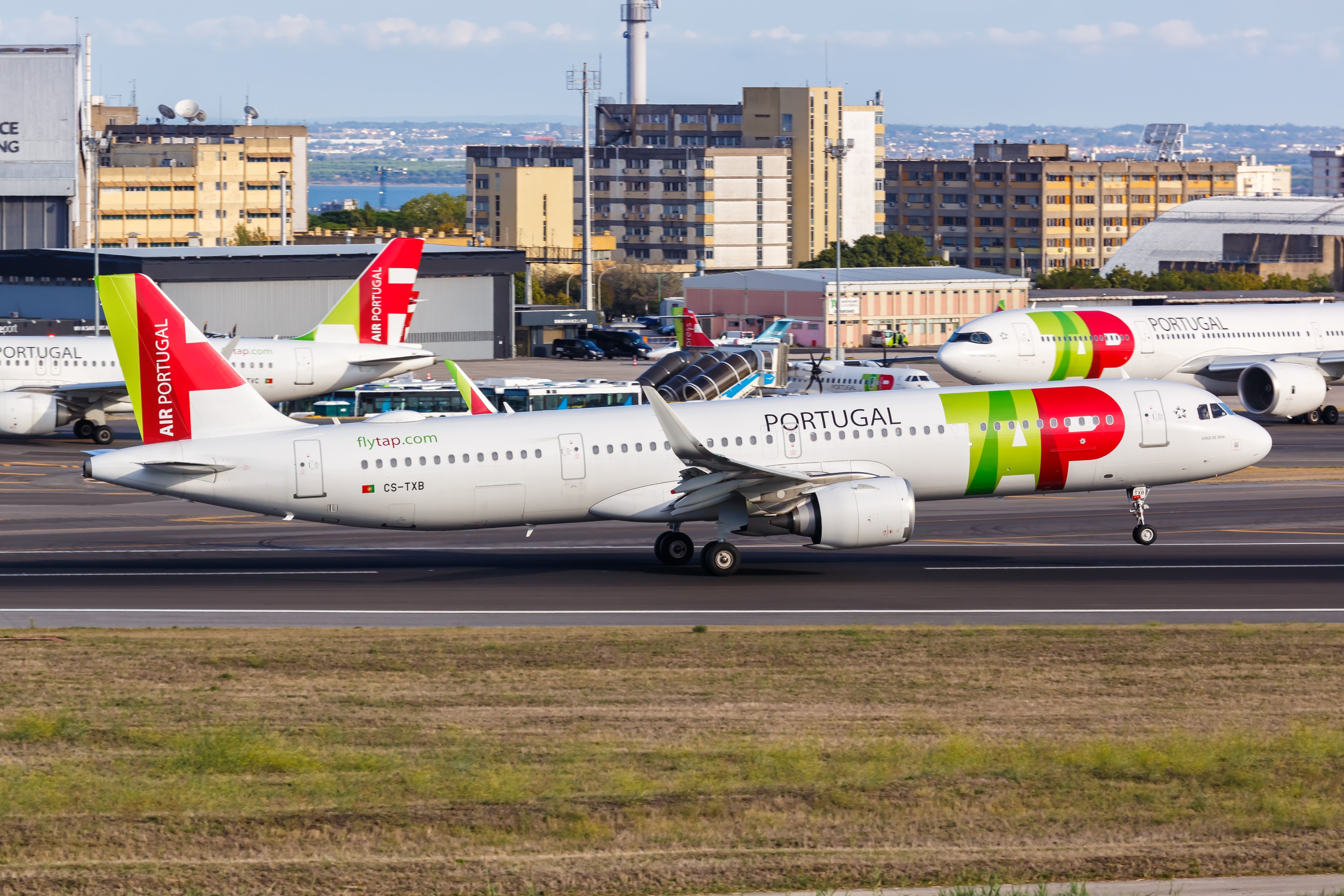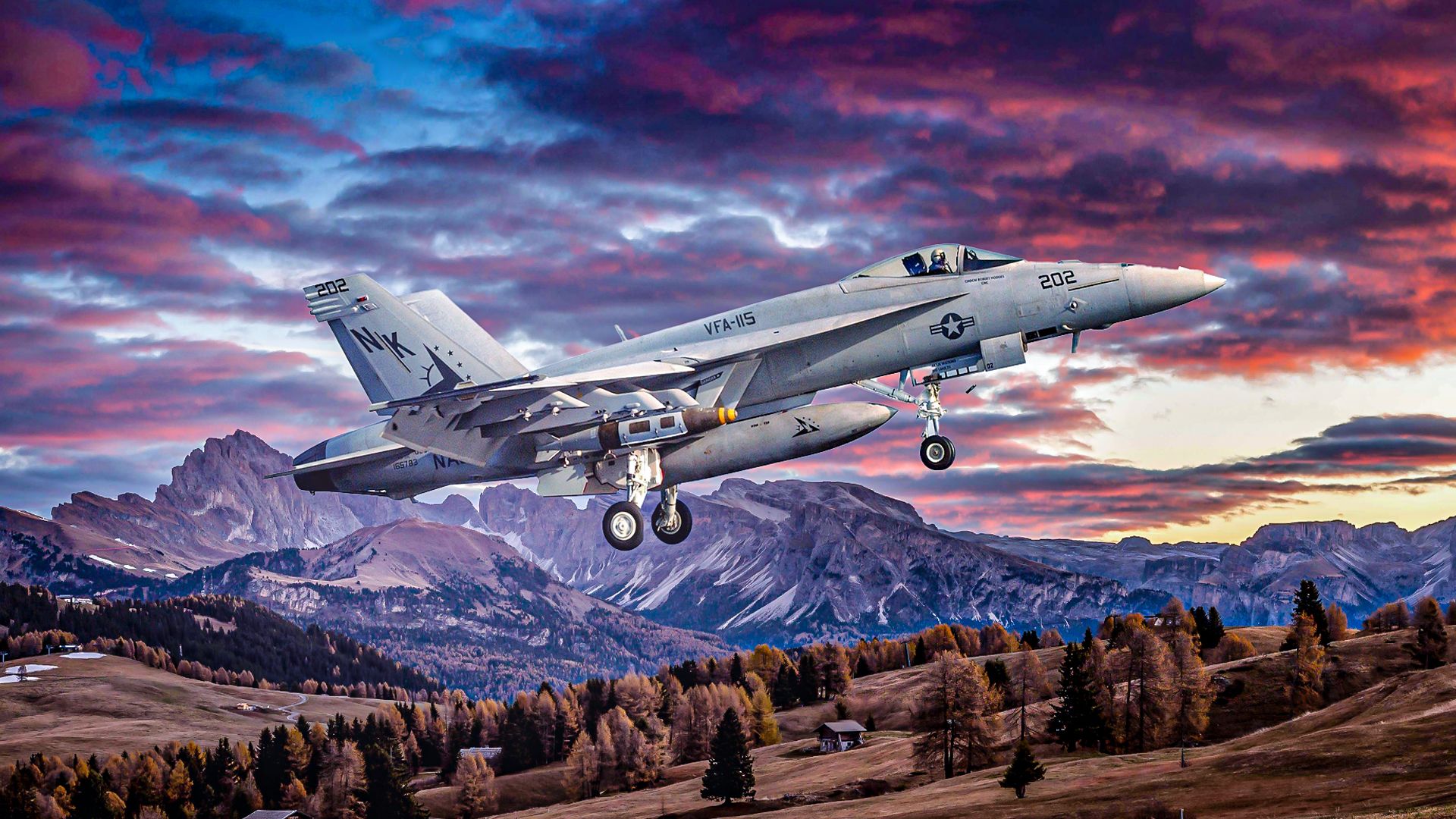Summary
- Airbus launched the A321LR in 2014, offering a longer operational range with lower costs.
- The aircraft can fly 4,000 nautical miles, which is excellent for transatlantic journeys.
- Multiple airlines have started operating the A321LR for low-demand long-haul routes.
In 2014, European aircraft manufacturer Airbus commenced marketing a new variant of its popular A320 / A321 family of aircraft, where a 164-seat variant that could carry up to 97 tonnes would be called the A321neA321LR variant would have an operational range of 100 nautical miles (120 miles), more than its direct competition, the Boeing 757-200. Other benefits compared to its cousin was that the Airbus vs. Boeing aircraft would operate at 27% lower trip costs and 24% lower per-seat costs. The variant was scheduled to take flight by 2018.
Officially launched in January 2015, the A321LR with Air Lease Corporation as the launch customer, and Airbus expected to sell 1,000 of the variant to operators worldwide. Initial designs expected 164 seats in a mixed-class layout, predominantly 20 business, 30 premium, and 114 for economy. This was later replaced by a 206 twin-class configuration, with 16 business and 190 economy class seats.
Its range was to bring narrowbody, long-haul trips into the next aviation chapter. With a range of 4,000 nautical miles (4,600 miles), it was 500 nautical miles (580 miles) longer than the A321neo. This extended range would enable the A320 family to finally have transatlantic capacity, providing a state-of-the-art replacement for the Beoing 757.
The aircraft acquired certification in the second quarter of 2018, and after multiple tests, it made its first transatlantic flight on February 13 of that year. LEAP-powered engines powered test flights and could fly nearly 11 hours with equivalent weight and passengers over 4,700 nautical miles (5,400 miles). The test flight was completed with headwinds, five crew, and 11 technicians onboard.
Airbus received its Federal Aviation Administration (FAA) and European Union Aviation Safety Agency (EASA) certification in October 2018, with ETOPS of up to 180 minutes, enabling transatlantic routes. It was expected that Primera Air would be the eventual launch customer of the aircraft. However, the airline ceased operations shortly after planning its transatlantic network. Instead, the first aircraft was delivered to Israeli carrier Arkia.
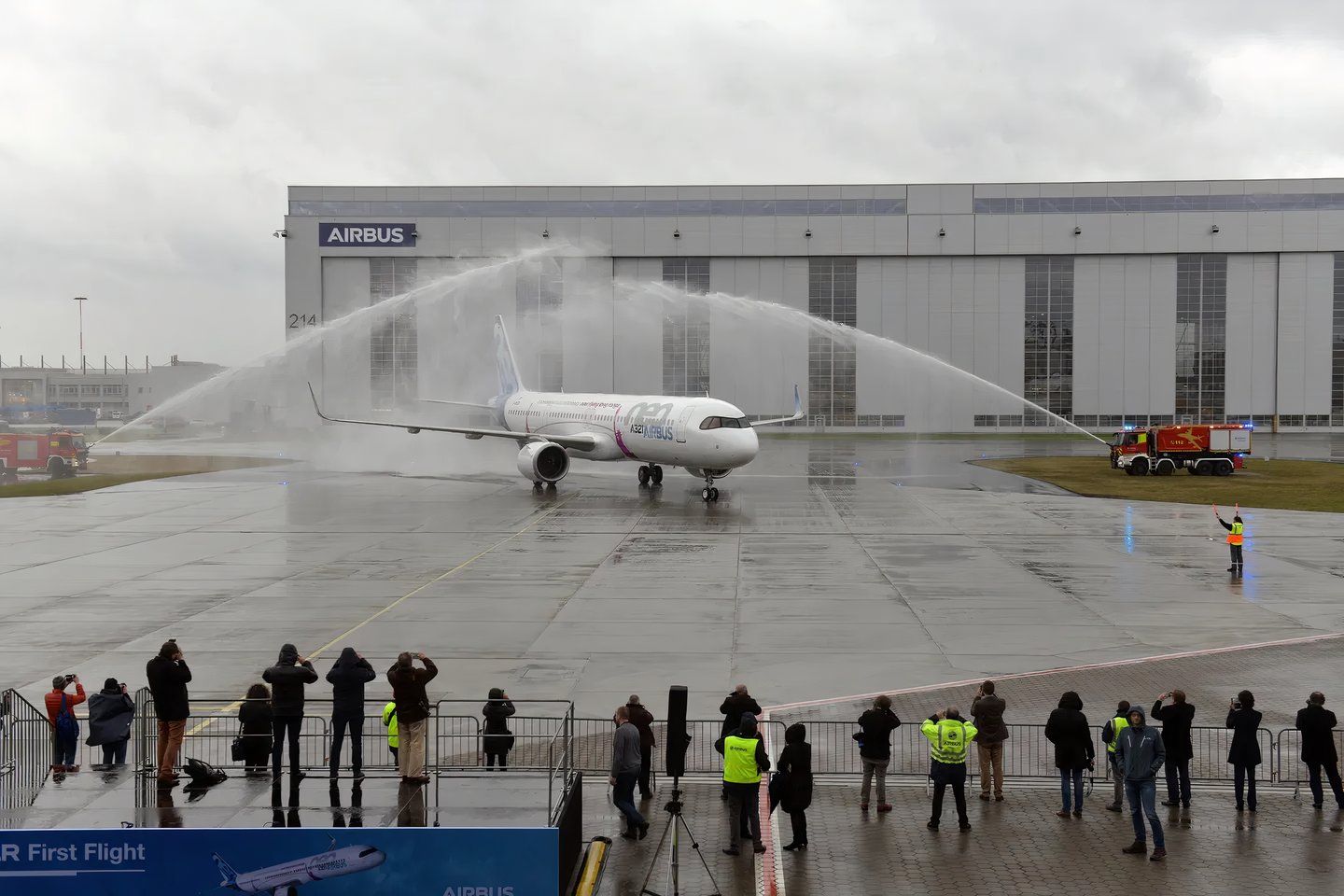
Related
14 Destinations Where Etihad Airways Could Fly Its New Airbus A321LRs
The first aircraft is due to enter Etihad’s fleet next year.
What are the aircraft capabilities?
Airbus said the A321LR would have the most extended range of any narrowbody aircraft. With over 4,000 nautical miles of capability, carriers could venture further into low-demand, long-haul routes. Throughout the aircraft development stages, it exceeded its range capacity.
In 2018, the aircraft broke its long-haul history, operating a flight between Seychelles International Airport (SEZ) in Mahe and Toulouse-Blagnac Airport (TLS) in France, the home of Airbus. As part of its testing and certification, this flight covered 11 hours at a distance of 4,750 nautical miles. This flight was even more special because it had 162 heat-producing dummies and 16 crew onboard, analyzing every step of the way.
Image: GCMap
With these extended capabilities, airlines could launch new routes that previously only stimulated low demand. This enabled carriers to take a lower-risk approach to testing new markets without high overhead costs, such as if they were to deploy a widebody aircraft and could not fill all the seats. Examples include JetBlue’s foray between New York and Edinburgh and Azores Airlines between Ponta Delgada and Boston. Check out the table below for more of the aircraft’s characteristics:
|
Engines: |
Two x Pratt & Whitney 1133G-JM geared turbofans |
|---|---|
|
Fuel capacity: |
32,943 L (8,703 gal.) |
|
Cruising speed: |
858 km/h (533 mph) |
|
Maximum takeoff weight: |
97,000 kg (213,848 lb) |
|
Overall length: |
44.5 m (146 ft) |
|
Wingspan: |
35.8 m (117.45 ft) |
|
Tail height: |
11.75 m (38.55 ft) |
|
Maximum range: |
7,400 km (3,996 NM) |
|
Seats: |
199 |
Benefits of a long-haul narrowbody strategy
Standard services operated by the A321LR and other long-haul narrowbody aircraft include transatlantic destinations. TAP Portugal has benefited immensely from the introduction of the aircraft into its fleet, being able to launch or adjust transatlantic routes to many of its Brazilian destinations. Read more about what this Star Alliance carrier is up to here.
Photo: Markus Mainka I Shutterstock
Another airline that has used the capabilities of the A321LR to benefit its long-haul ambitions is the Canadian leisure carrier Air Transat. Founded in 1986, the airline, based in Montreal, Quebec, has grown to serve 60 destinations across 25 countries. It welcomed its first A321LR in 2019 and has grown to 19 in its fleet. The carrier has configured the variant with 12 business and 187 economy class seats, enabling 199 paying passengers onboard.
Are you planning on flying with Air Transat this summer? If you’re booked to fly onboard the A321LR, watch the video below to understand what to expect onboard:
Current operators:
With data retrieved from ch-Aviation, an online aviation database, there are currently 24 active operators of over 125 Airbus A321LR taking to the sky, including:
|
Airline |
Number in fleet |
|---|---|
|
Aer Lingus |
Eight |
|
Air Arabia |
Six |
|
Air Astana |
12 |
|
Air Busan |
Three |
|
Air Transat |
19 |
|
Airbus |
One (testbed/demo) |
|
Arkia |
Two |
|
Azores Airlines |
Three |
|
Azul |
Six |
|
Gulf Air |
Four |
|
HiSky Europe |
Two |
|
ITA Airways |
Six |
|
JetBlue Airways |
11 |
|
Jetstar Airways |
12 |
|
Jetstar Japan |
Three |
|
La Compagnie |
Two |
|
Luftwaffe |
Two |
|
Peach Aviation |
Two |
|
SalamAir |
Two |
|
Scandinavian Airlines (SAS) |
Three |
|
TAP Air Portugal |
13 |
|
Titan Airways |
Two |
|
Uzbekistan Airways |
Five |
|
Vistara |
One |

